- Learning time
- 40 minutes
- First play time
- 90 minutes
Ninjato
Designed by: A. B. West,Dan Schnake
In Ninjato you are ninja warriors, trying to gain the most honour before the game is up.
The board shows a village by night, with several clan houses containing treasure, but guarded by a sentry. At the start of the game clan tokens are assigned to the five clan houses on the board. Each player is given four Dojo cards (numbered between 1 and 5) and three shurikens.
During each round, you’ll place your three shurikens, taking the action of the building you place it in. You can gather more Dojo cards or pick up a skill card from the Sensei, or you can gather influence by paying off envoys at the Palace, or spread rumours at the Pavilion. The Palace and Pavilion both come into their own during the scoring rounds (3, 5 and 7) but before you can go there yoll need to gather some treasure – and that’s where the meat of the game is: raiding the clan houses, and how much you push your luck in doing so. The sentry on duty has a combat value of between one and five, and you can choose to defeat him by strength (play a higher Dojo card) or stealth (play a lower Dojo card). Having done so, you take the lowest value treasure there and place it on your shuriken. After a sentry is defeated, you choose whether to get out while the going is good, or call Banzai and take on another sentry, in order to grab another treasure. If a sentry arrives you cannot defeat, you can take only one of your gathered treasures, and the rest remain… some sentries have an alarm signal on them, and whilst they mean additional treasure is added to the house, it also means more powerful, elite guards will appear to defend them.
If a player takes the last treasure from a house – defeating the sentries, of course – then they remove the occupying clan token, and add one of a different colour. Clan tokens have different values too, and this is relevant because…
During scoring rounds the player with the most influence (i.e. most envoys from the palace, with the envoy’s ages breaking ties) can either score the points value of all clan tokens of that colour on the board, or, take a rumour card. The second-placed player will get whichever option the first-placed forwent. In the final round there is some extra scoring – including all the Rumour cards, which basically score points for certain things in your hand: envoys, skills, conquered sentries and so on.
The guru's verdict
-
Take That!
Take That!
Although players can't raid each other, there is a race on for envoys and rumours - and the removing and adding of clan tokens (which colour; what value) plays a key part. It's a bit spicy.
-
Fidget Factor!
Fidget Factor!
Once you're past that first play, it moves pretty quickly.
-
Brain Burn!
Brain Burn!
The main thing to keep in mind here is what treasures you want for which cards, and which of those confounded ninja opponents are going to try and beat you to it. Keep an eye on the clan tokens too.
-
Again Again!
Again Again!
Lots of variety here; both in set-up and how you play.

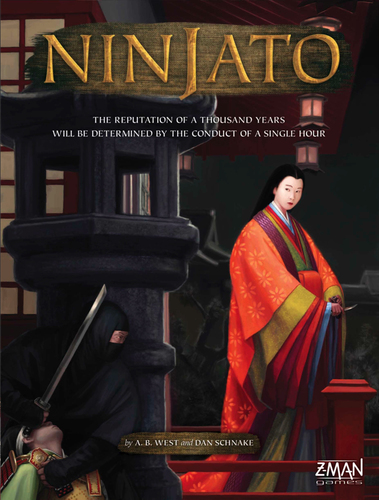

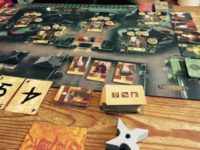
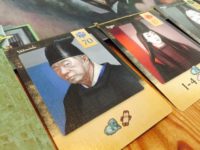
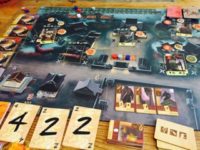
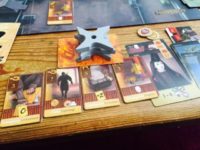


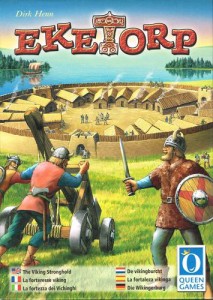
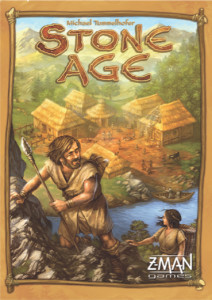
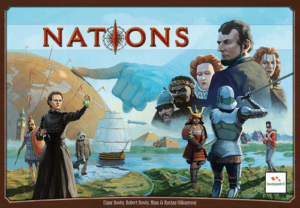

Sam says
I like this a bunch, and even though I'm not the best at juggling them, I think it mixes the straightforward battle of a night raid (build a Dojo hand, improve it with skills, push your luck if you dare!) with the political intrigue of the clan tokens and envoy cards really well. It's a less complex game than it first appears, but there's a real shifting sands thing here - especially with more than two players - where you don't want to have envoys doing nothing, but in order to make them relevant, you need to go on a raid... so you need to get more Dojo cards and while you're doing that, someone else is getting the envoy you wanted... if you enjoy those mini-aaaargh! moments and get a sense of joy when your plan comes together, this could be a big hit.